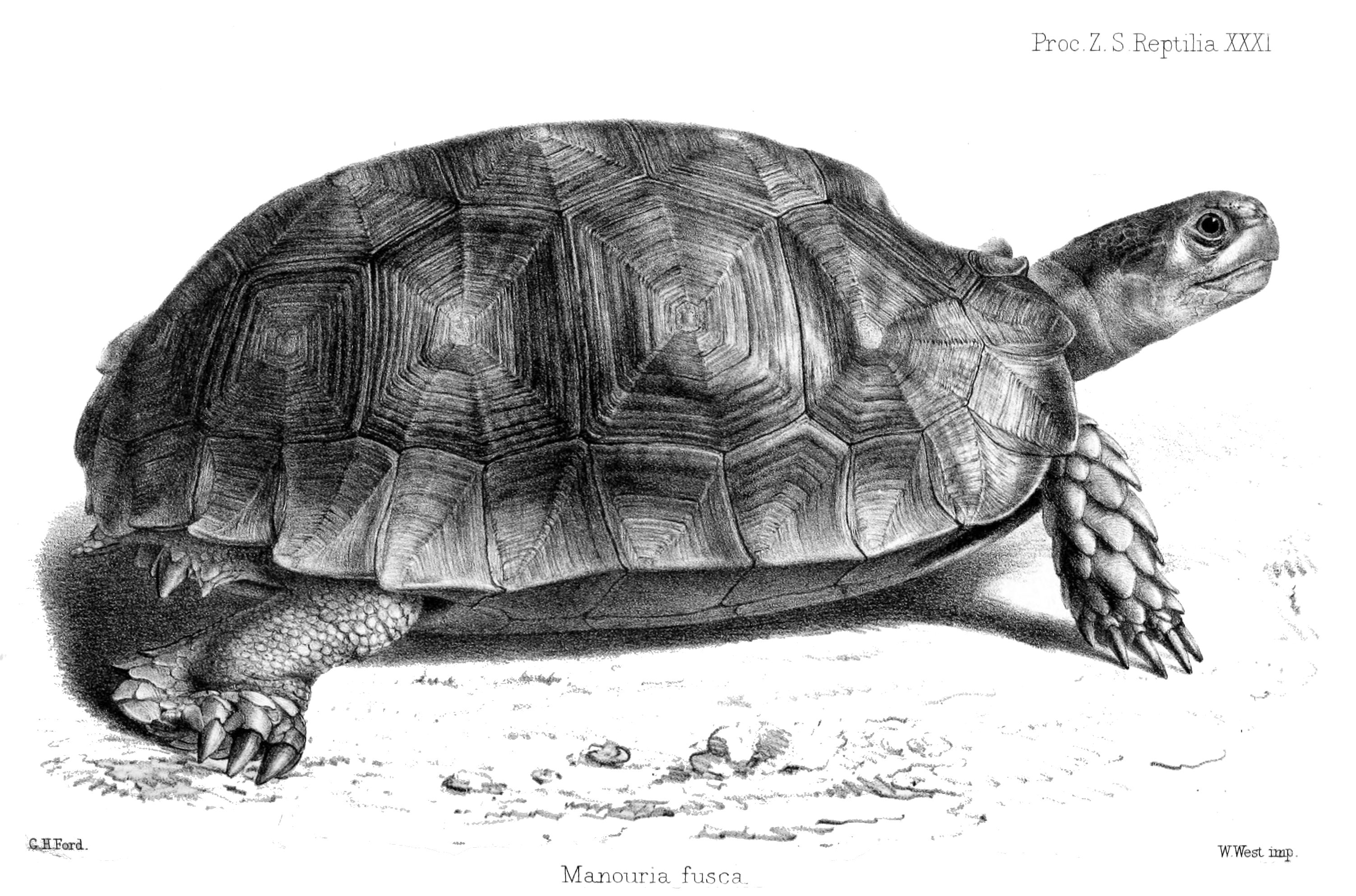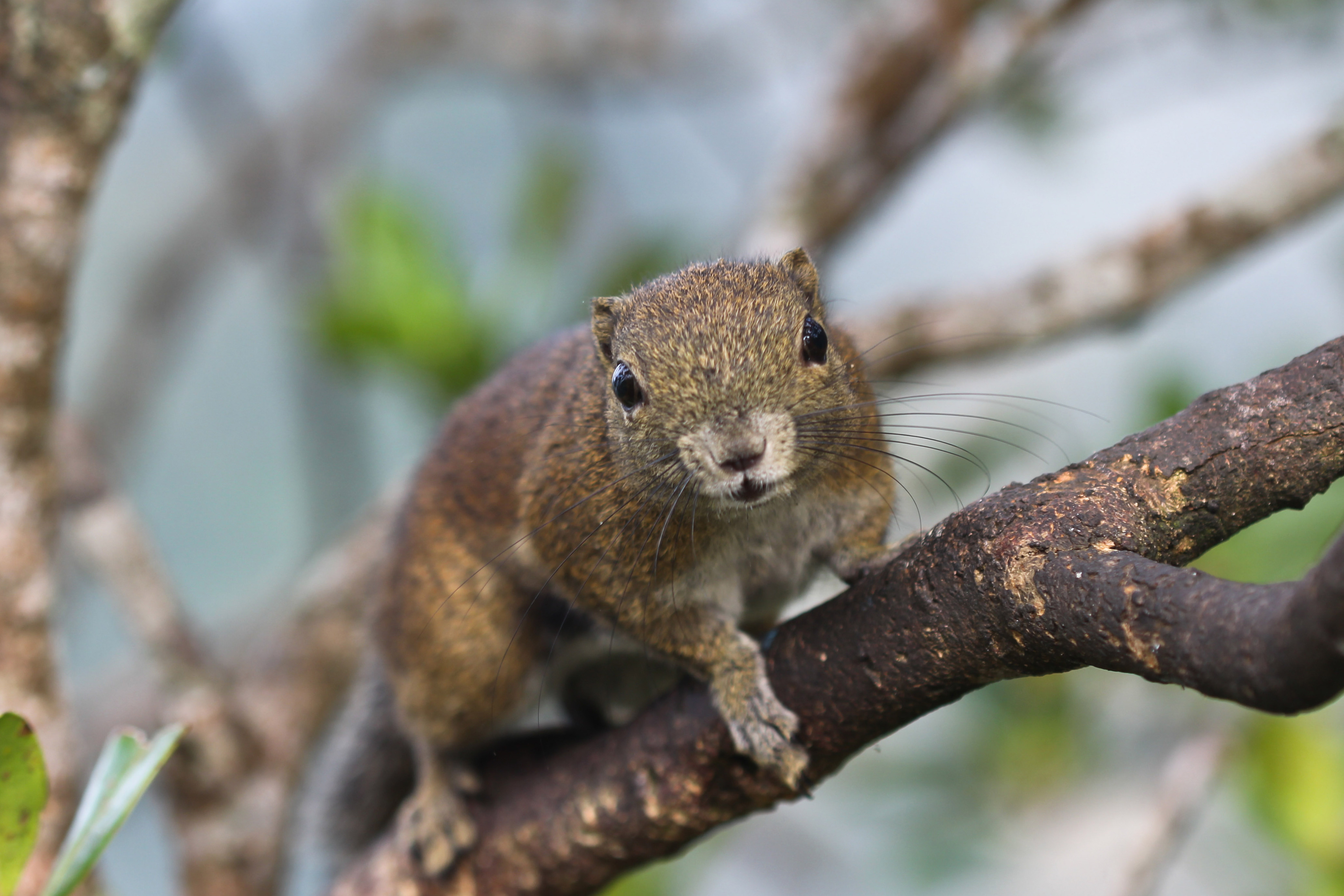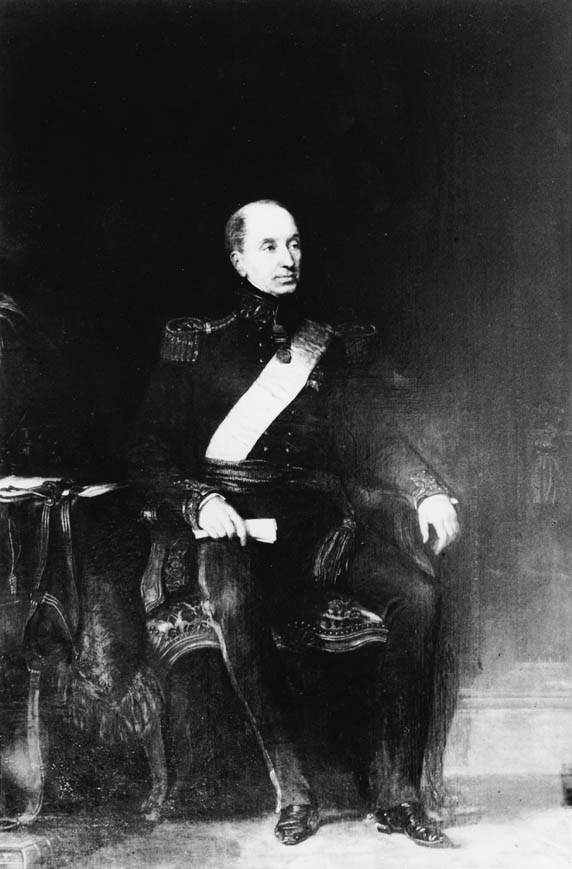|
Arthur Purves Phayre
Sir Arthur Purves Phayre (7 May 1812 – 14 December 1885) was a career British Indian Army officer who was the first Commissioner of British Burma, 1862–1867, Governor of Mauritius, 1874–1878, and author. Early life Phayre was born in Shrewsbury and educated at Shrewsbury School. His father Richard Phayre, Esq. was grandson of Colonel Robert Phayre, of Killoughram Forest. A brother, Sir Robert Phayre (1820–1897), also served in India. He joined the Indian Army in 1828. In 1846 he was appointed assistant to the commissioner of the province of Tenasserim, Burma, and in 1849 he was made commissioner of Arakan. After the Second Anglo-Burmese War (1852), he became commissioner of Pegu. He was made a brevet captain in 1854 and in 1862 he was promoted to lieutenant-colonel. Work Government office In 1862, Phayre was made commissioner for the entire province of British Burma. He left Burma in 1867. He served as 12th governor of Mauritius from 21 September 1874 to 31 Dece ... [...More Info...] [...Related Items...] OR: [Wikipedia] [Google] [Baidu] |
Lieutenant-general (United Kingdom)
Lieutenant general (Lt Gen), formerly more commonly lieutenant-general, is a senior rank in the British Army and the Royal Marines. It is the equivalent of a multinational three-star rank; some British lieutenant generals sometimes wear three-star insignia, in addition to their standard insignia, when on multinational operations. Lieutenant general is a superior rank to Major-general (United Kingdom), major general, but subordinate to a General (United Kingdom), (full) general. The rank has a NATO rank code of OF-8, equivalent to a Vice-Admiral (Royal Navy), vice-admiral in the Royal Navy and an air marshal in the Royal Air Force (RAF) and the air forces of many Commonwealth of Nations, Commonwealth countries. The rank insignia for both the Army and the Royal Marines is a crown over a crossed sabre and baton. During the reign of Elizabeth II, the St Edward's Crown, commonly known as the Queen's Crown, was depicted. Before 1953, and again since the accession of Charles III in 20 ... [...More Info...] [...Related Items...] OR: [Wikipedia] [Google] [Baidu] |
Robert Phayre (regicide)
Colonel Robert Phaire, (1619?–1682), was an officer in the Irish Protestant and then the New Model armies and one of the regicide of Charles I of England. He was one of the three officers to whom the warrant for the execution of Charles I was addressed, but he escaped severe punishment at the Restoration by having married the daughter of Sir Thomas Herbert (1606–1682). He became a Muggletonian in 1662. Among some of his descendants in the later 1700s the surname was modified to Phair however caution is recommended because some families who were not descendants (such as some of the surname Fair) also took on this spelling. The senior line (descendants of Onesiphorus), continued the spelling Phaire until the early 1800s when they restyled to Phayre). Early life Phaire was born about 1619 (for on 24 March 1654 his age is reported as thirty-five), the son of the Revd Emmanuel Phaire from Devonshire, who had migrated to Ireland and in 1612 became rector of Kilshannig, county Cor ... [...More Info...] [...Related Items...] OR: [Wikipedia] [Google] [Baidu] |
Ashy-headed Green Pigeon
The ashy-headed green pigeon (''Treron phayrei'') is a Columbidae, pigeon in the genus ''Green pigeon, Treron''. It is found from Nepal, northeast India, and Bangladesh to southwest China, Myanmar, Thailand, Laos, and Vietnam. Many authorities Lumpers and splitters, split the species from the pompadour green pigeon complex. It has been added to the Red List of IUCN in 2014. Behaviour The ashy-headed green pigeon usually occurs singly or in small groups. Its flight is fast and direct, with the regular beats and an occasional sharp flick of the wings that are characteristic of pigeons in general. It eats the seeds and fruits of a wide variety of plants. It builds a stick nest in a tree and lays two white eggs. References *Collar, N.J. 2011. Species limits in some Philippine birds including the Greater Flameback Chrysocolaptes lucidus. Forktail number 27: 29–38. *Rasmussen, P.C., and J.C. Anderton. 2005. Birds of South Asia: the Ripley guide. Lynx Edicions and Smithsonian In ... [...More Info...] [...Related Items...] OR: [Wikipedia] [Google] [Baidu] |
Manouria Emys
The Asian forest tortoise (''Manouria emys''), also known commonly as the Mountain tortoise or Burmese Brown Mountain tortoise, is a species of tortoise in the family Testudinidae. The species is endemic to Southeast Asia. It is believed to be among the most primitive of living tortoises, based on molecular and morphological studies. Taxonomy There are two recognized subspecies: ''M. e. emys'' occurring in southern Thailand, Malaysia, Sumatra, Borneo; and ''M. e. phayrei'', occurring from northwestern Thailand to northeastern India. The latter was named after Sir Arthur Purves Phayre (1812–1885), British Army officer in India who became Commissioner of British Burma. Based on a variety of phylogenetic characteristics, the genus ''Manouria'' is regarded as comparatively primitive and basal to other Testudinidae. Description The Asian forest tortoise is the largest tortoise in mainland Asia. The largest adults of the northern subspecies, ''Manouria emys phayrei'', can reach 2 ... [...More Info...] [...Related Items...] OR: [Wikipedia] [Google] [Baidu] |
Eared Pitta
The eared pitta (''Hydrornis phayrei'') is a species of bird in the pitta family, Pittidae, and is found in Southeast Asia. Description It has formerly been placed into its own genus, ''Anthocincla'', on account of its apparent primitive characteristics. It is the only species in the Pitta family with entirely cryptic colours in the adults of both sexes. As with other ''Hydrornis'' species, they exhibit sexually dimorphic plumage, and a cryptic juvenile plumage. The adult male has a central black line over the crown, reaching and covering the nape. The plumage either side of this is rufescent buff, with feathers margined black besides having a black bar near their bases. The lores, sides of face and nape are black. The supercilium ends in lengthened pointed feathers, white and barred black, which protrude up to an inch beyond the occiput. The upper part plumage, wings and tail are all rufescent brown. Primaries with their greater coverts are blackish brown, except for a buff bar ... [...More Info...] [...Related Items...] OR: [Wikipedia] [Google] [Baidu] |
Callosciurus
''Callosciurus'' is a genus of squirrels collectively referred to as the "''beautiful squirrels''". They are found mainly in Southeast Asia, though a few species also occur in Nepal, northeastern India, Bangladesh and southern China. Several of the species have settled on islands. In total, the genus contains 15 species and numerous varieties and subspecies. The genera '' Glyphotes'', '' Rubrisciurus'', and '' Tamiops'' have sometimes been included in ''Callosciurus''. Species There are approximately 15 species in this genus, and over 60 subspecies. These squirrels range in length from , not including the tail which is often about the same length as the body.Payne, J., and C. M. Francis (1985), ''A Field Guide to the Mammals of Borneo.'' Most are rather dull olive The olive, botanical name ''Olea europaea'' ("European olive"), is a species of Subtropics, subtropical evergreen tree in the Family (biology), family Oleaceae. Originating in Anatolia, Asia Minor, it is abund ... [...More Info...] [...Related Items...] OR: [Wikipedia] [Google] [Baidu] |
Indochinese Flying Squirrel
The Indochinese flying squirrel (''Hylopetes phayrei''), also known as Phayre's flying squirrel, is a species of rodent in the family Sciuridae. It is found in China, Laos, Myanmar, Thailand, and Vietnam Vietnam, officially the Socialist Republic of Vietnam (SRV), is a country at the eastern edge of mainland Southeast Asia, with an area of about and a population of over 100 million, making it the world's List of countries and depende .... References Hylopetes Mammals described in 1859 Taxa named by Edward Blyth Taxonomy articles created by Polbot {{Squirrel-stub ... [...More Info...] [...Related Items...] OR: [Wikipedia] [Google] [Baidu] |
Phayre's Leaf Monkey
Phayre's leaf monkey (''Trachypithecus phayrei''), also known as Phayre's langur, is a species of Old World monkey native to South Asia and Southeast Asia, namely India, Bangladesh, and Myanmar. Populations from further east are now thought to belong to other species. It is listed as Endangered on the IUCN Red List and is threatened by hunting and loss of habitat. The species epithet commemorates Arthur Purves Phayre. Taxonomy The scientific name ''Presbytis phayrei'' was used by Edward Blyth in 1847 for two young individuals captured alive in the Arakan Mountains in Myanmar. Phayre's langur is one of the most widespread members of the genus, but its actual distribution and intraspecific taxonomy remain controversial. Previously, three subspecies were recognized, namely ''T. p. crepusculus'', ''T. p. phayrei'' and ''T. p. shanicus''. Three separate species ''T. phayrei'', ''T. melamera'' (formerly ''T. p. shanicus''), and '' T. popa sp. nov.'' have been proposed based on m ... [...More Info...] [...Related Items...] OR: [Wikipedia] [Google] [Baidu] |
Governor Of British Mauritius
The governor of Mauritius was the official who governed the Crown Colony of Mauritius (now Republic of Mauritius) during the British colonial period between 1810 and 1968. Upon the end of British rule and the independence of Mauritius in 1968, this office was replaced by the governor-general, who represented the British monarch and not the Government of the United Kingdom as did the governor. The office of Governor-General was itself abolished in 1992 and replaced by the post of President when Mauritius became a republic. List of governors (1810–1968) A list of British governors of Mauritius from 1810 to 1968. Flag of the governor See also * Governor of Mauritius References {{British dependencies governors Mauritius Lists of political office-holders in Mauritius Governor A governor is an politician, administrative leader and head of a polity or Region#Political regions, political region, in some cases, such as governor-general, governors-general, as the head ... [...More Info...] [...Related Items...] OR: [Wikipedia] [Google] [Baidu] |
Bago Division
Bago Region (, ; formerly Pegu Division and Bago Division) is an administrative region of Myanmar, located in the southern central part of the country. It is bordered by Magway Region and Mandalay Region to the north; Kayin State, Mon State and the Gulf of Martaban to the east; Yangon Region to the south and Ayeyarwady Region and Rakhine State to the west. It is located between 46°45'N and 19°20'N and 94°35'E and 97°10'E. It has a population of 4,867,373 (2014). History According to legend, two Mon princes from Thaton founded the city of Bago in 573 AD. They saw a female Hamsa standing on the back of a male Hamsa on an island in a huge lake. Believing this was an auspicious omen, the princes built a city called Hanthawady (Pali: ) on the edge of the lake. The Persian geographer Ibn Khordadbeh mentions the city around 850 AD. The Mon capital was still in Thaton at that time. The Thiruvalangadu plate describe Rajendra Chola I, the Chola Emperor from South India, a ... [...More Info...] [...Related Items...] OR: [Wikipedia] [Google] [Baidu] |
Second Anglo-Burmese War
The Second Anglo-Burmese War or the Second Burma War ( ; 5 April 185220 January 1853) was the second of the three wars fought between the Burmese Empire and British Empire during the 19th century. The war resulted in a British victory with more Burmese territory being annexed to British India. Background In 1852, Commodore George Lambert was dispatched to Burma by Lord Dalhousie over a number of minor issues related to the Treaty of Yandabo between the countries. The Burmese immediately made concessions including the removal of a governor whom the Company made their casus belli. Lambert, described by Dalhousie in a private letter as the "combustible commodore", eventually provoked a naval confrontation in extremely questionable circumstances by blockading the port of Rangoon and seizing the King Pagan's royal ship thus leading to the war. The nature of the dispute was misrepresented to Parliament, and Parliament played a role in further "suppressing" the facts released to the ... [...More Info...] [...Related Items...] OR: [Wikipedia] [Google] [Baidu] |




